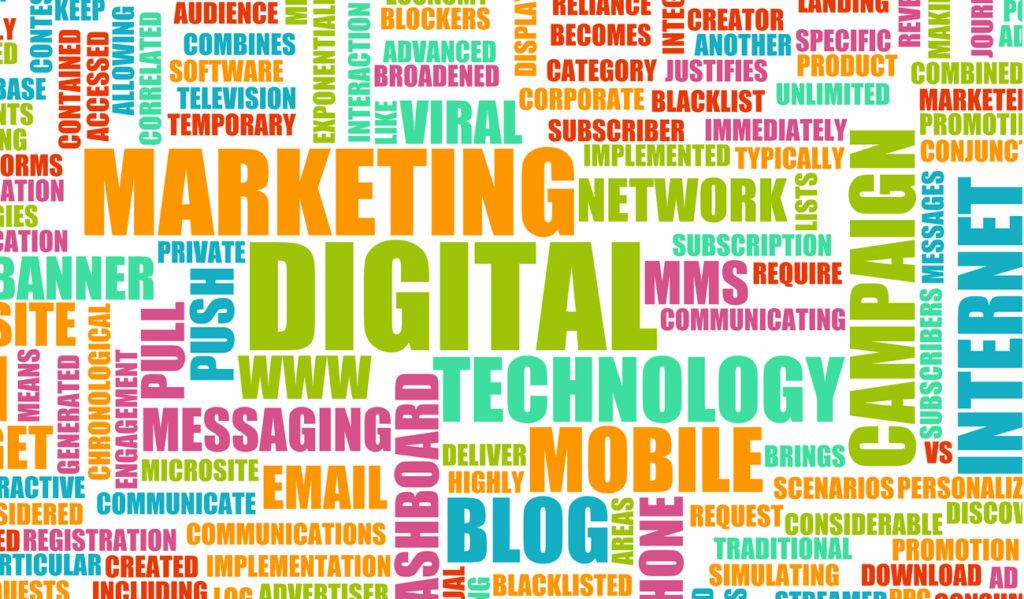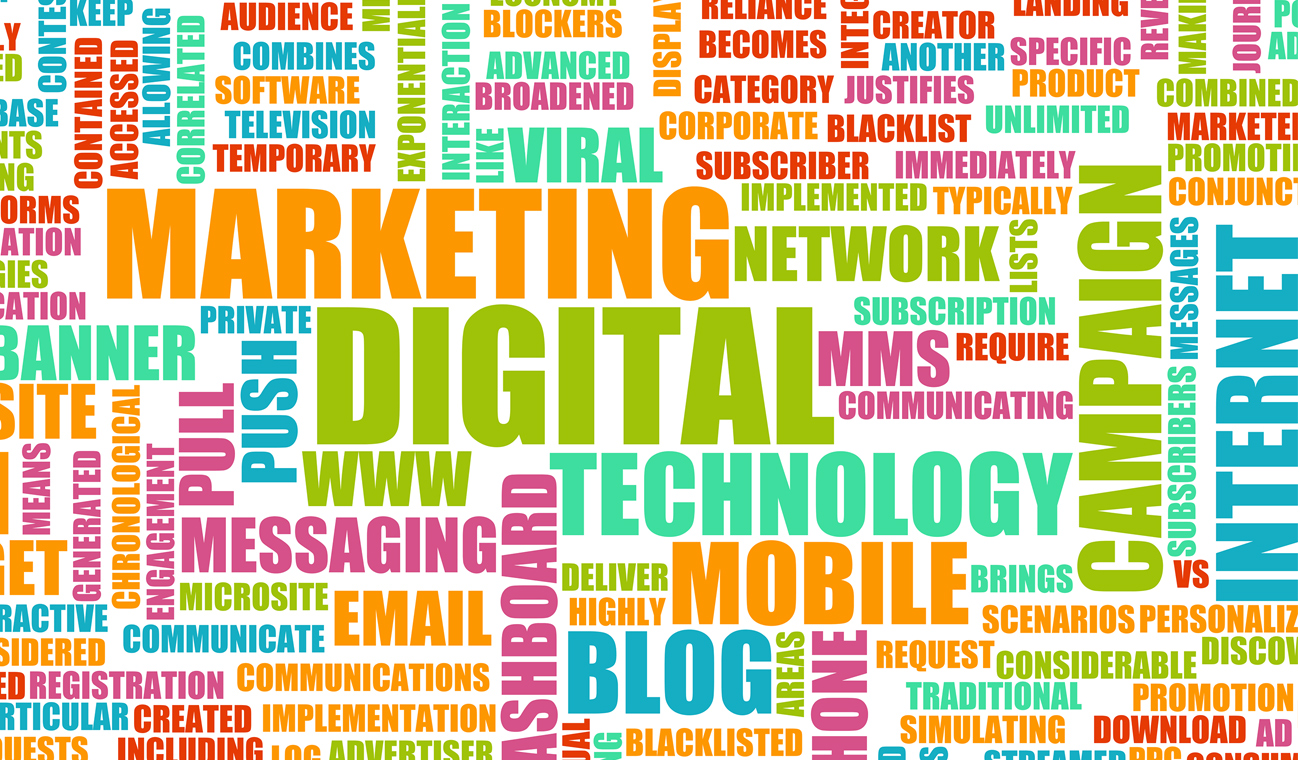
The landscape of digital marketing consists of three main media for communicating with your clients. These are:
- Owned media, for example, your company’s official website,
- Paid media, for example online advertising using Google or print and TV ads, and
- Earned media, for example mentions about you by third parties in blogs etc.
So how do you choose from these competing sources of digital marketing? How to optimize your marketing dollar? How do you ensure that your digital marketing strategy remains on track? How do you ensure that your marketing message gets the results you want? Some tips to help you answer these questions are given below:
- Setting Goals: Rather than dispersing your energy on trying to be on every possible marketing channel, you should first set your marketing goal. This may be maximizing market share, optimizing revenue, or building brand equity. Whatever you goal, having it clearly written down ensures that you don’t lose sight of the forest while counting the trees. A SMART (Specific, Measurable, Attainable, Realistic and Timebound) goal will give direction to you and your teams as you proceed in your marketing endeavors.
- Focused Marketing: At the heart of your digital marketing strategy is to ascertain which marketing channel is generating the most productive leads. You could use call tracking reports to determine which your star marketing source is and then divert resources to that source. You can also determine which keywords appeal to your target audience and thereby tailor make your ads for maximum impact. For example, if you find that most of your sales are driven by Facebook ads, then you can optimize on this channel. You can also optimize on the words used in promotional Facebook posts for maximum impact on your consumers.
- Personalization: Another important element of digital marketing success is personalization. Without this element it is highly unlikely that you will develop a brand loyal customer base. You want your customers to be your brand ambassadors and not just one time buyers. So for example, a personal e-mail will work much better than a generic one that is mass mailed. Similarly recommender systems e.g. an online message that tells you about products similar to the one you liked can be great in generating cross-sales opportunity.
- Engaging Influencers: One way of quickly growing your earned media presence is by targeting industry experts and influencers. For example, if you operate in the fashion industry, then you may want to approach prominent bloggers with information about your products. If you are able to impress the industry influencer, your follower base has the potential of growing exponentially.
- Customer Incentives: In order to generate interest in potential customers and to get them talking about your product, it is important to offer the right incentives. These can be monetary or non-monetary such as recognition as part of a community for being an expert in the relevant domain.
- Social Networking: Social networking offers unprecedented opportunities for companies to engage with their clients. The first step in social media marketing would be to identify the social media platforms that your customers are on. Then by listening carefully to your clients on social groups and intervening when help is needed, you can really forge a meaningful and long-lasting relationship. Once the relationship is formed with the early adopters in your market, the others are more likely to adopt your product through positive word-of-mouth publicity or social cues. An example of this would be Warby Parker. This is a company that delivers 5 eye-glasses to customers for a trial period. Customers are allowed to retain the glasses they want to purchase and send the other 4 back to the company. Customers end up posting their pictures wearing Warby Parker glasses on Facebook and Warby Parker uses these images on its own website. As a result the social network spreads the images to friends of friends of friends until the publicity goes viral. The best part is that it does not cost Warby Parker anything for this excellent marketing.
- Solid Content: Content that is most likely to get your relationship built with your clients has to be useful and informative but most also evoke some emotion in the reader. Content that evokes emotion is much more likely to be contagious than a mere listing of product attributes and benefits. People love stories that they can connect to so if you can present your core product attribute in an emotionally appealing way, your content will spread (and maybe even go viral)
All in all, digital marketing success entails a clear and deep understanding of the customer’s purchase cycle and smart intervention using the right communication channel and the right message.


